5 Things to Do When You Have a Septic Back Up
Experiencing a septic back up can quickly turn into one of the most stressful challenges a homeowner faces. Not only can it create foul odors and unsanitary conditions, but it may also cause costly damage to property if not addressed promptly. Knowing how to respond in the moment can make all the difference in minimizing risks and restoring normalcy. According to This Old House, a septic tank should be inspected regularly, on average every two to three years, to ensure safety and functionality. Routine inspections and maintenance can significantly reduce the chances of unexpected back ups, helping families maintain a clean, healthy, and worry-free living environment. Here's what to do if you do end up having a septic back up issue.
1. Understanding the Causes of Septic Back Ups
Understanding the root causes of a septic back up is the first step in addressing the issue. Common blockages often stem from non-biodegradable substances like plastics and sanitary products that wind up in the septic system. Additionally, grease and oils can solidify and clog pipes, exacerbating the problem. Homeowners can prevent these blockages by being cautious about what goes down the drain. Proper waste management is key to avoiding unnecessary strain on your septic system.
Environmental factors also significantly influence septic system functionality. Heavy rainfall can saturate the soil surrounding the drain field, preventing proper drainage and leading to back ups. Similarly, tree roots can infiltrate the septic system, causing blockages and structural damage to pipes. Regular inspections, as recommended every two to three years, are vital in mitigating these external threats. Such proactive measures can alert homeowners to potential environmental hazards.
A household's usage patterns can place strain on a septic system, ultimately contributing to back ups. Consistently high water usage, especially outside the system's designed capacity, can overwhelm a septic tank. It's important to recognize signs of a failing septic system, such as slow drains or gurgling sounds, which indicate that your system may be overtaxed. Implementing water-saving appliances and practices can alleviate stress on your septic system. In this way, maintaining a balance in water usage helps sustain system efficiency.
2. Taking Initial Steps After Identifying a Septic Back Up
Once you've identified a septic back up, your first imperative step is to stop using water immediately. This action prevents exacerbating the issue by minimizing the flow of additional water into the already compromised system. While inconvenient, this measure is crucial in halting further complications before professional assistance arrives. Reducing water usage will help prevent overflow and further damage to your property. Swift action can mitigate unpleasant odors and health risks associated with septic back ups.
The next step involves identifying the full extent of the problem to prioritize your response. Begin by checking for signs of back up in multiple locations around your home, including basements, bathrooms, and kitchens. If the back up is confined to one part of your home, the issue may be localized and potentially less severe. Utilize gloves and protective gear when inspecting to avoid contact with contaminated water. After assessing the damage, isolate affected areas to limit exposure and prevent spread.
Protecting yourself and your family from exposure to contaminated materials is paramount. Ensure that children and pets stay away from affected areas until cleanup is completed. Wearing protective gear like gloves, masks, and boots is recommended when inspecting or temporarily dealing with contaminated areas. Additionally, documenting the issue with photos and notes can be beneficial for insurance and repair purposes. Having this information readily available can ease discussions with professionals and insurers.
3. Contacting a Professional Service for Help
Engaging with a reliable septic service company is essential for effectively addressing septic back up emergencies. In selecting a professional, prioritize companies with verified credentials, positive reviews, and responsive customer service. Seek referrals from neighbors or local forums to ensure you choose a reputable service provider. Timely professional intervention can greatly reduce health risks and property damage. By delegating the task to experts, you ensure the issue is resolved safely and efficiently.
Understanding what to expect from a professional inspection prepares you for the next steps. Typically, an inspection involves a thorough assessment of your septic system's condition, identifying blockages and potential failures. Inspectors may use technical equipment like cameras to get a closer look at intricate components. The process should culminate in a detailed explanation of the findings, outlined repair options, and preventive suggestions. Open communication with your service provider can pave the way for effective repairs.
While awaiting professional arrival, consider implementing temporary solutions to manage symptoms of the back up. These can include using drain cleaners—subject to expert consultation—alongside placing absorbent materials to control leaking areas. During this interim period, it's crucial to discuss repair options and potential costs with your service provider. Understanding potential financial implications helps in planning for the necessary repair investments. Transparency in this discussion fosters trust and enables informed decision-making.
4. Dealing With Property Damage
Assessing and managing property damage is a crucial step in response to a septic back up. Begin with a thorough examination of indoor damages, checking surfaces, floors, and personal belongings. Soggy carpets and waterlogged furniture may necessitate professional cleaning or replacement. Prompt action in cleaning indoor areas can help reduce long-term damage and mold growth. Always document affected areas meticulously for insurance claim purposes.
Outdoor setbacks require equal attention, as managing overflows and contamination is pivotal in maintaining environmental safety. Ensure outdoor areas, especially around the septic tank and drain field, do not become saturated. Effective drainage ensures contaminated water does not spread to gardens or public areas. Consider engaging landscaping solutions to contour your yard to aid in drainage. These measures are not only preventive but also foster a sustainable property environment.
Post-assessment, focus on cleaning and sanitizing the affected surfaces thoroughly. Use appropriate disinfectants designed to neutralize bacteria and pathogens associated with septic overflows. Ensure materials used for cleaning are both effective and environmentally safe. By thoroughly sanitizing affected areas, you safeguard your household from potential health risks posed by contaminants. Overall cleanliness contributes to restoring your home to a safe and livable condition.
5. Implementing Long-Term Preventive Measures
Regular septic system maintenance is crucial for preventing future back ups and ensuring the system's longevity. Investing in a regular maintenance plan can significantly reduce the likelihood of unexpected breakdowns. Proactive care today equates to fewer emergencies tomorrow, safeguarding both health and finances.
Adjusting household water usage can substantially relieve pressure on your septic system. Encourage family members to engage in water-saving practices like shorter showers and full loads for laundry and dishwashers. Regularly checking for leaks or drips ensures that no water is wasted, further conserving usage. Helpful tools such as water-efficient fixtures can complement these efforts. Monitoring and managing household water effectively goes a long way in extending your system's lifespan.
Adopting proper waste management practices is another preventive measure to ensure system efficiency. Begin by educating household members about what can and cannot be flushed or poured down drains. Encourage composting or using waste disposal systems for food scraps instead of relying solely on your septic system. Additionally, consider introducing educational workshops to the family about septic system care. The more informed the household, the better equipped you are to prevent future backups.
Dealing with a septic back up requires prompt action and careful consideration of various factors. By understanding the causes, taking immediate steps, consulting professionals, and applying preventive measures, homeowners can effectively manage this challenging situation. With the right approach, septic back-ups can be resolved with minimal disruptions, and long-term preventive measures can be put in place.
If you’re facing septic challenges or want to prevent future issues, Southern Septic is here to help. Our team provides reliable inspections, maintenance, and repair services to keep your system running smoothly. Contact Southern Septic today to schedule an appointment and protect your home with trusted septic care.
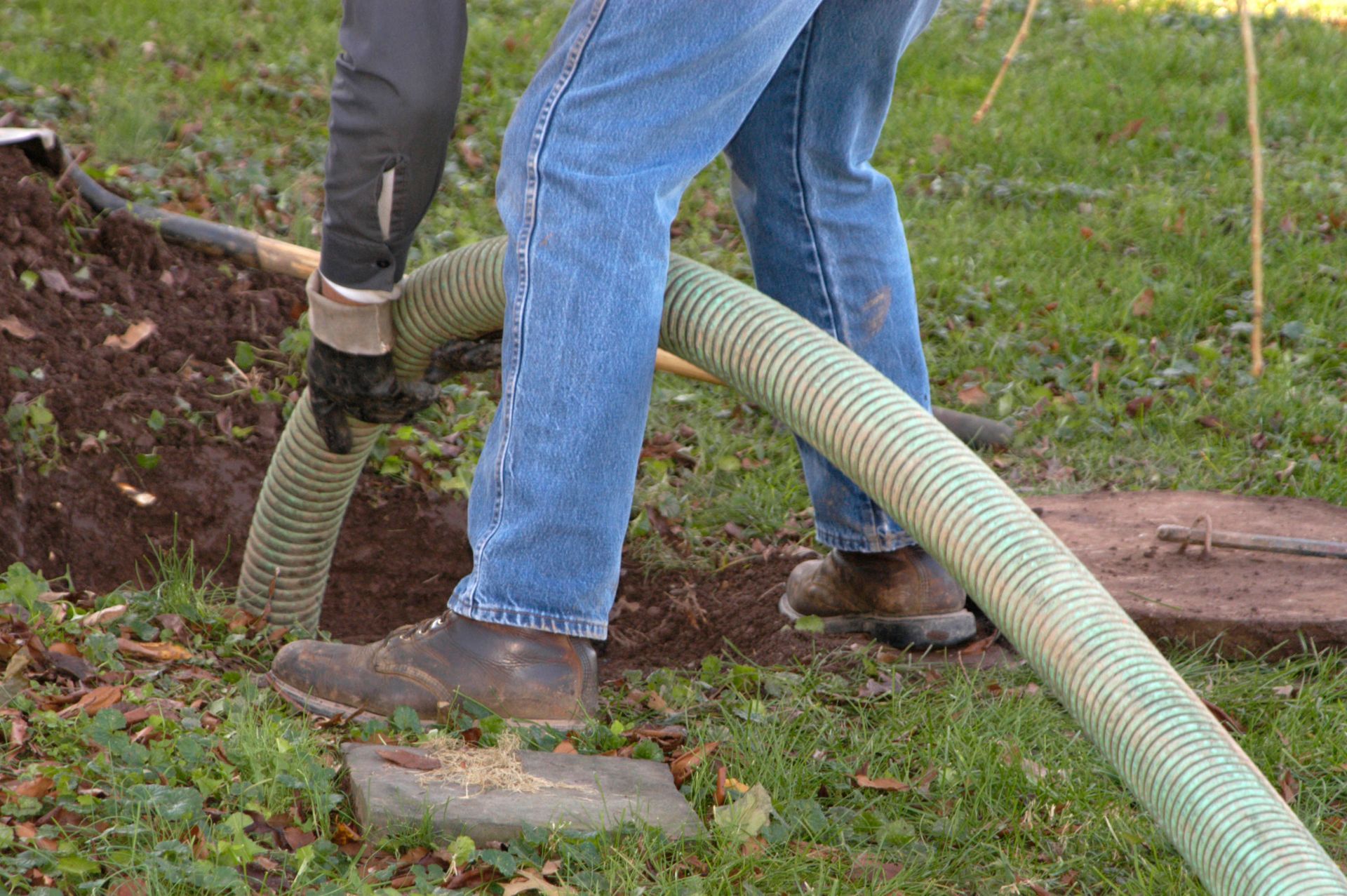
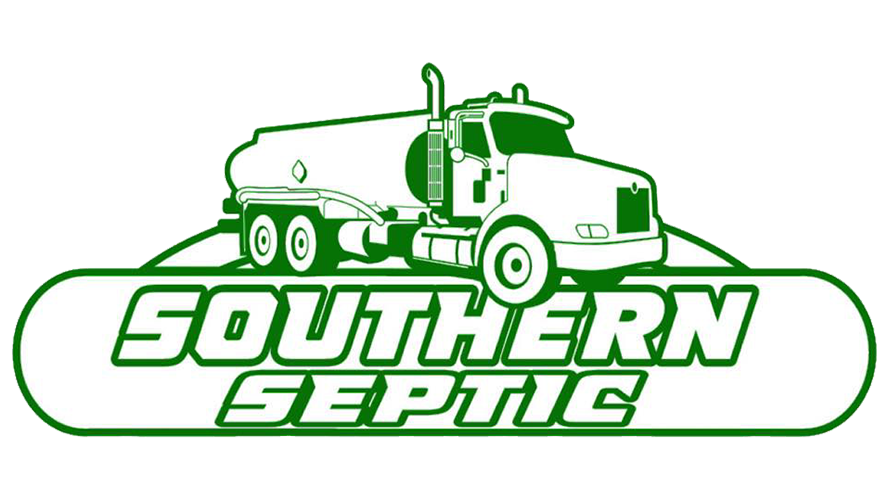
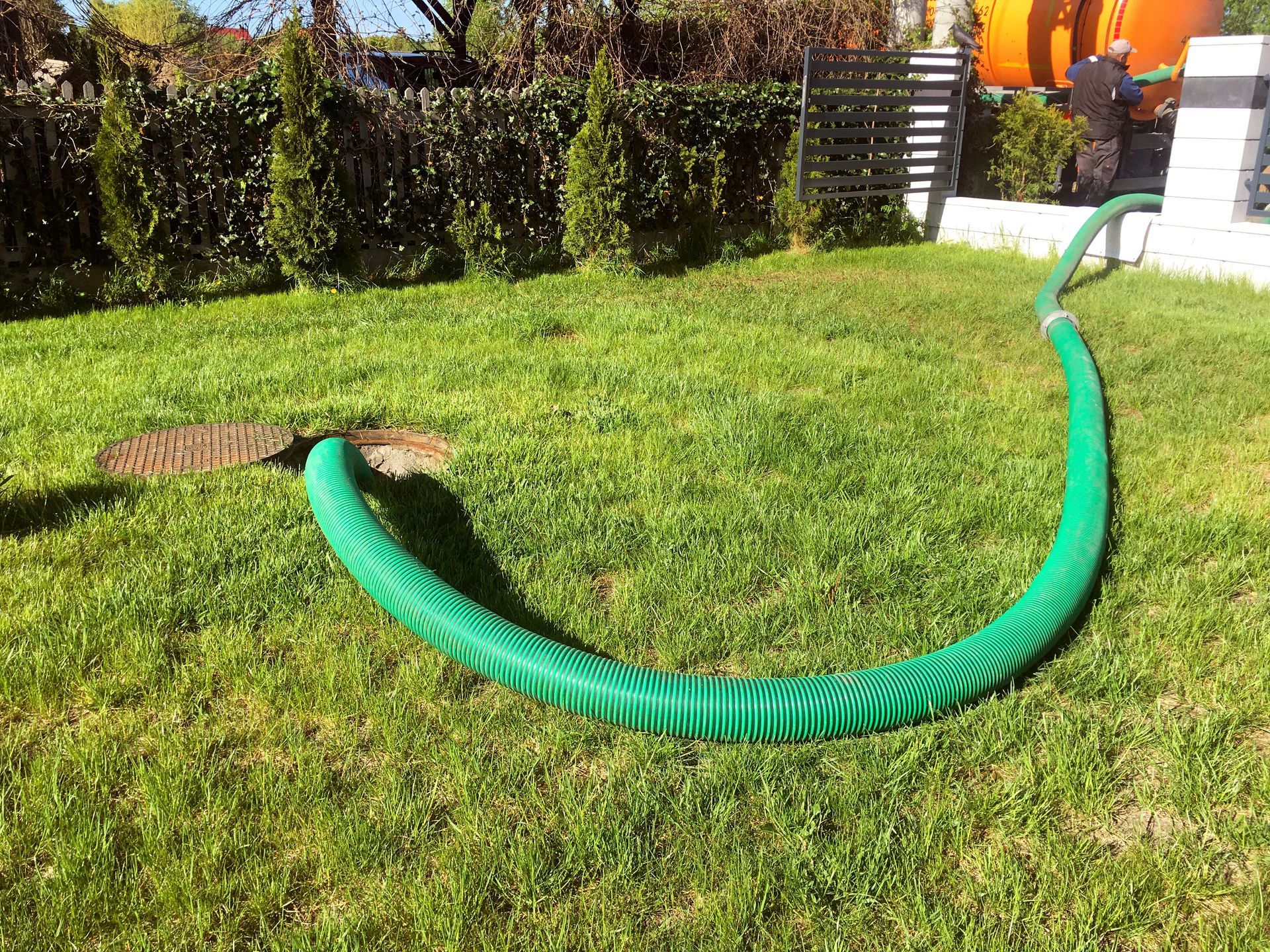
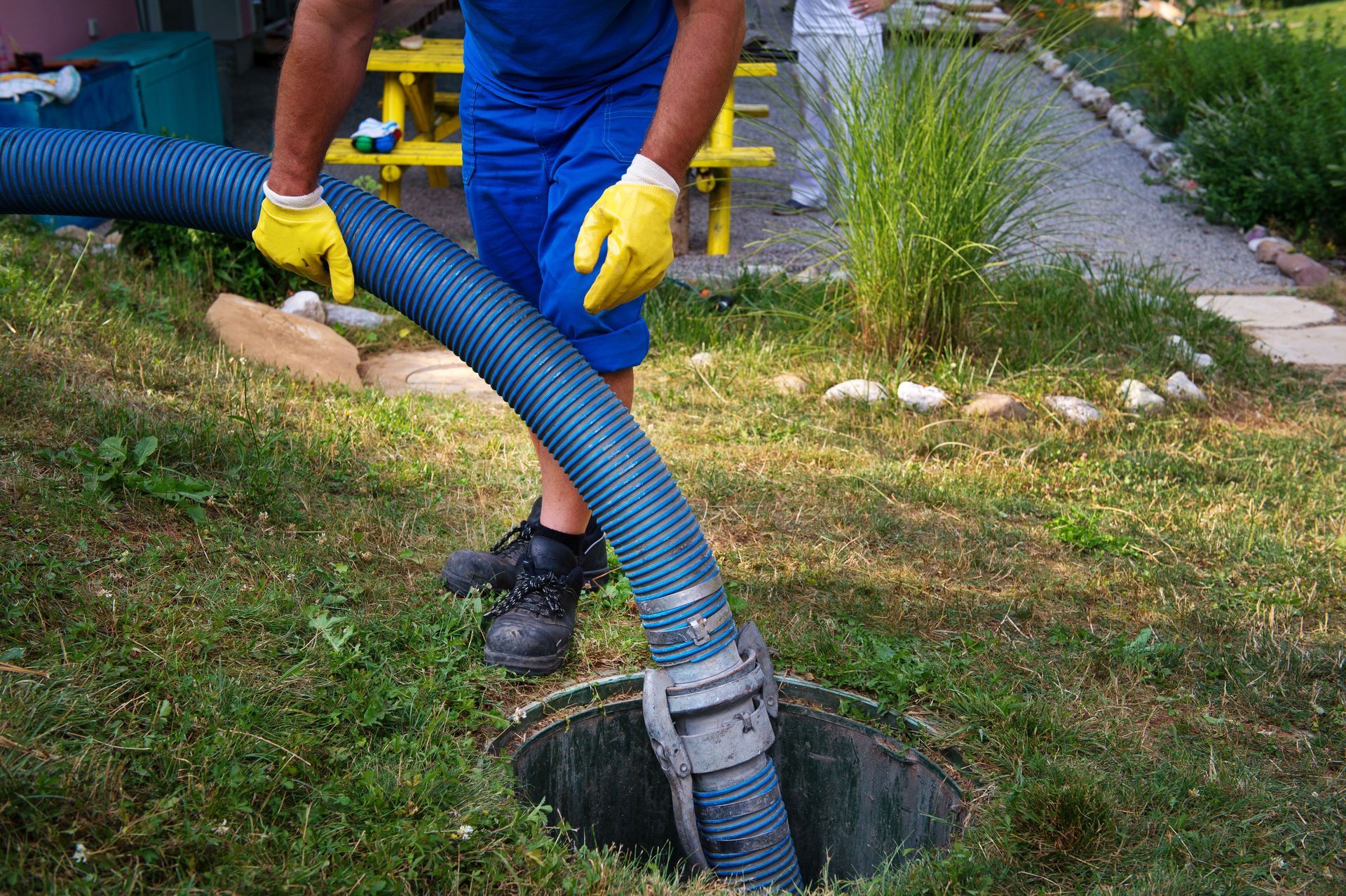
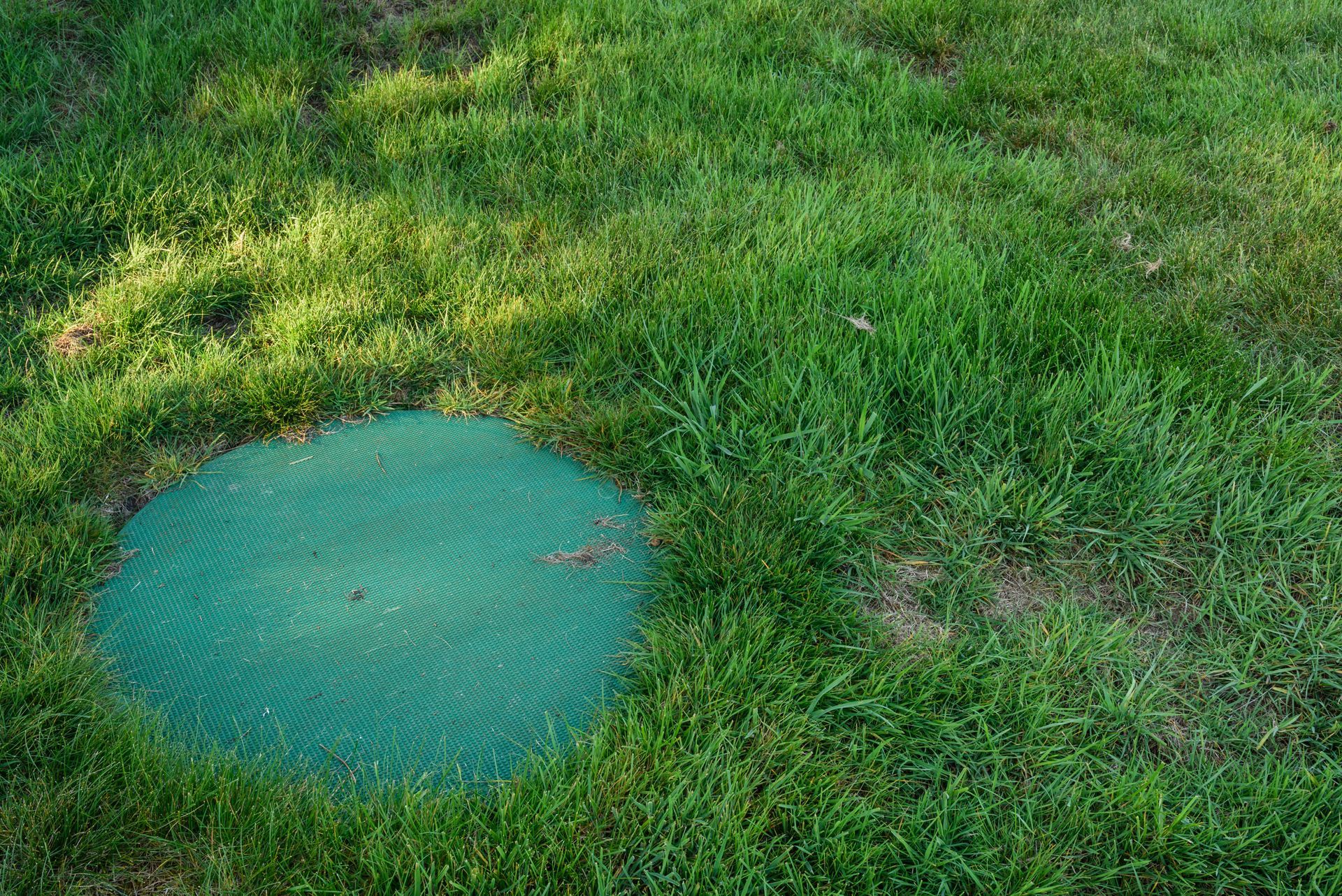
Share On: